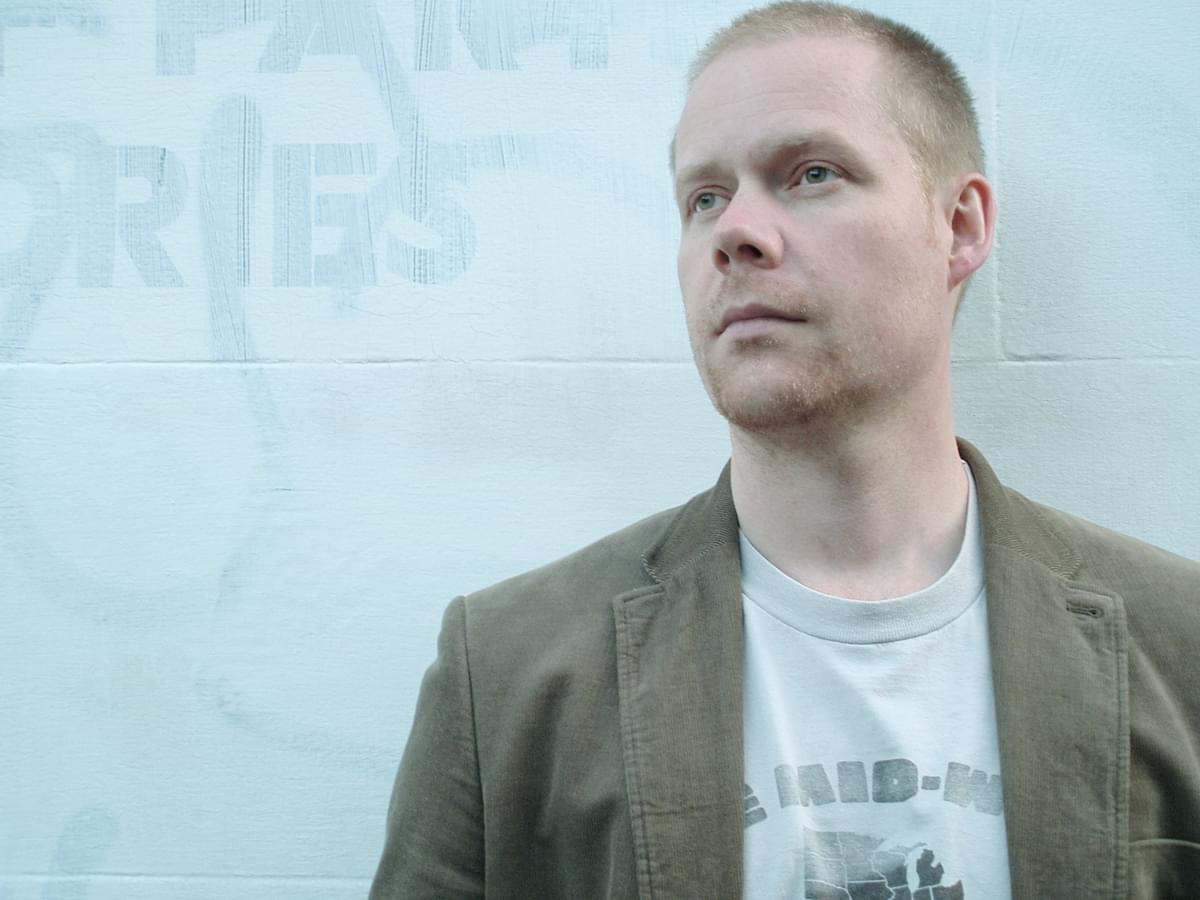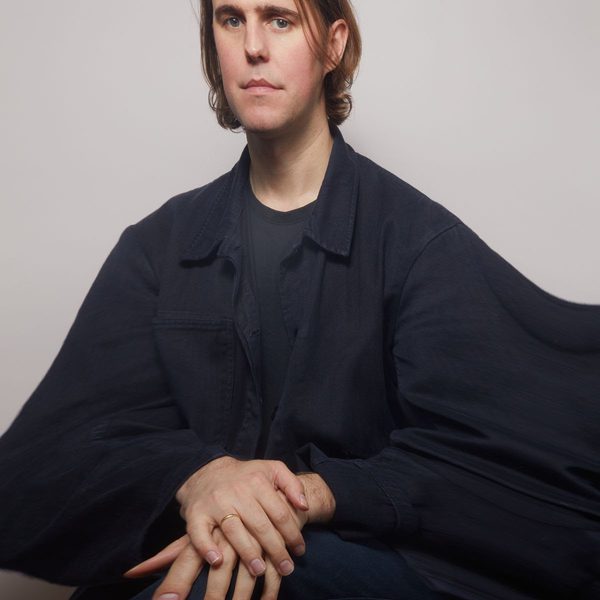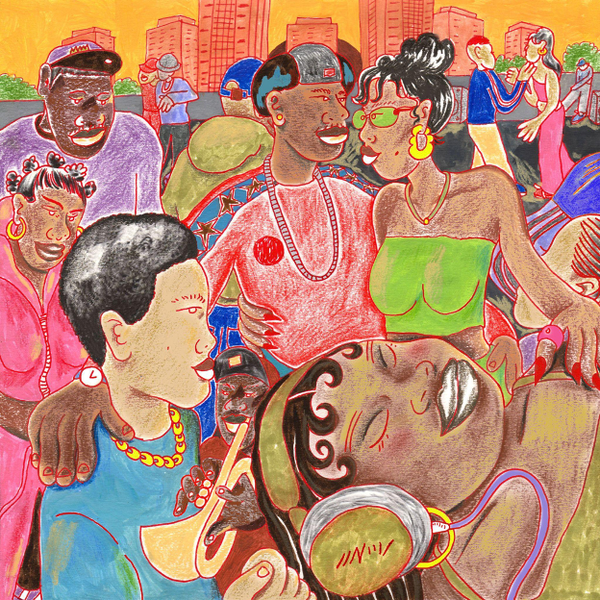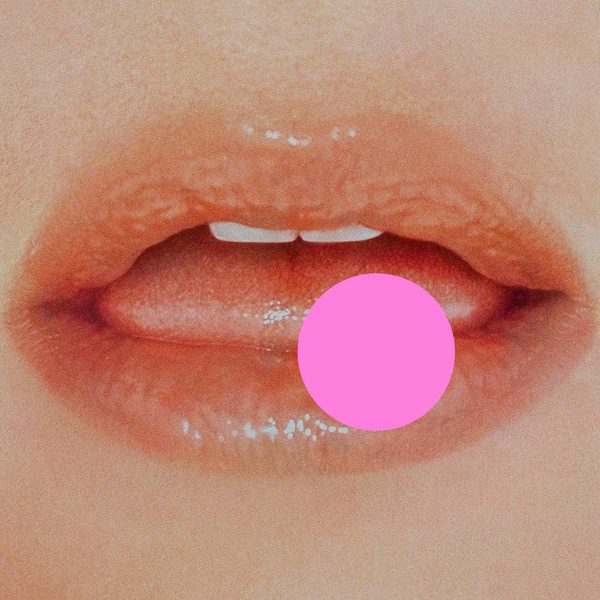
Max Richter: "I was a typically nerdy child"
The follow-up to Edinburgh-based pianist/composer Max Richter’s last album comes the release of the gorgeous, intriguingly framed 24 Postcards In Full Colour (out in the UK, Europe, and the rest of the world on 25 August – US and Canada get it on 23 September).
Richter’s music has always seemed transient – like a dream wafting through the room – but his new collection adds another layer to the oeuvre he’s been building for himself since his time with Piano Circus in the 1990s. This time he tackles the oft-vilified musical realm of ringtones. The German-born composer/producer explains his M.O. well: “Thinking about how we listen to music today, I wondered why it is that ringtones have so far been treated as unfit for creative music… Who says ringtones have to be bad? It’s like saying LPs or CDs are bad – its just a medium.”
When the Internet’s tubes weren’t clogged, Kyle Lemmon interviewed Richter about his most recent explorations in sound. Subjects ranged from the upcoming premiere of 24 Postcards, to the allure of analogue technology and the touching story behind one of the songs off his new collection of classical ringtones.
What are you up to today?
I’m working on some sketches for a film I’m scoring – a fascinating drama about a honour killing – heavy stuff but beautifully made…though its always tough working when the sun is shining
I know you’re a very big fan of Franz Kafka and Haruki Murakami from your last two albums. You’ve said before that you are fascinated by Murakami’s ability to make ordinary things magical. In many respects your music’s incorporation of found sounds employs the same base theory. Why do you see that as something musically important in this post-modern era where we are often at arms-length from reality?
I’m fascinated by the ways stories work on our imagination – I think of my music as really more like a branch of fiction writing – only written in music rather than text.
Tell me a little bit about your childhood after being born in Germany and moving to the UK? What did you enjoy as a young boy as far as hobbies outside of music?
I was a typically nerdy child – music music music. When not practising the piano for hours on end, I had the soldering iron out and was pulling apart some old synth.
24 Postcards in Full Colour is such a novel and timely concept. How and when did you first begin constructing it in your mind? Was there a particular event that sparked its genesis?
I just started to wonder how come all the tones I was hearing around me seemed to be so bland – why weren’t we thinking about this as an opportunity for music performance? It just seemed like a waste…
The ringtones certainly sound like lullabies (especially ‘Cradle Song for A interstate B3′). Since artists sometimes describe the creative process as trying to piece together bits of a dream how have dreams affected your waking life?
Writing music is a sort of dreaming out loud, thats true. Partly I find that the best things come together when I have really no idea what is going on with a project – a kind of hallucination sets in and ideas just pop up.
Since it seems so appropriate what do you have as your ring tone on your cell phone?
A fragment of Stravinsky – from Pulcinella.
Is it true that you use live sampling for your performances? If yes, why do you feel that is the best route for an electronic artist to follow?
I don’t use sampling live actually – there are a lot of electronics in my shows though – but they are more generated on the fly and played live. I think live performances need to be just that – as really live as possible.
Have the logistics changed for live sampling at all since you performed with Piano Circus? Any differences?
Everything is in the computers now! When we started with this stuff in Piano Circus it was a big rack of equipment each!
You recently played at Union Chapel with Jóhann Jóhannsson – an artist that often gets mentioned with your name in critical circles. What do you find personally resonating about Jóhannsson’s music? You’ve certainly followed a similar career trajectory.
I enjoy Jóhann’s work – I’m especially fond of Virthulego Forsetar – which is very beautiful.
Actually I feel that, though there are similarities in what we are doing, there are at least as many differences – that is what really came across to me at the Union Chapel.
Many of your albums deal with the concept of memories or the lost snippets of them that we all claw at during our lifetimes. What is one memory that you wish you could remember it in its entirety?
Actually the partial nature of memory is what appeals to me most about it – by nature it is fragmentary and imperfect.
Why do you think ringtones have been sort of vilified in popular culture? Is it mainly the matter of sensory overload at this point?
Two reasons: Crazy Frog
Let’s talk about the premiere of the 24 Postcards in Full Colour piece. How is that installation coming along? Tell me a little bit how it will all work as far as people playing back the pieces on their phones.
I am developing the technical side of this just now – people will log into the site, be sent the file, set it as their sms alert sound, and then just show up at the venue and receive the texts to trigger the sounds.
So the ‘audience’ is also the ‘orchestra.’ I’m looking forward to playing these shows…
For the collection’s microsite are the photographs going to be taken by many people or one artist?
The images are at the moment mainly by me and some friends of mine – I can imagine including other material though as things evolve.
Henry Purcell (a composer that I feel has a footprint on this collection) certainly wasn’t afraid to play with conceptions and genre barriers between stately church music and the theatre music. Do you feel the same sort of incentive to break down any remaining walls between classical music and electronica? Are there any walls at this point?
Not in my mind. I think its a completely personal thing though – mainly to do with how people listen, and what they bring to the music they hear…their notions of what falls inside and outside their own musical culture – these are very personal questions.
Ultimately i can’t really think about those things since its impossible to please every liestener – so I try write completely where the idea takes me.
Part of the allure of these new pieces and certainly your oeuvre is that aren’t simply rote mimesis of nature – classical music’s enduring stamp. Electronic music’s snapshot of modern chaos seems to be filtered through electronic equipment that are purposefully unreliable musical narrators. With the additions of found shortwave radio; vinyl clicks, and dust on these tracks what about nature are you trying to convey or deflect?
I enjoy the vulnerability of broken things, they seem to convey a sense of their own histories in their imperfections. This is part of the allure of analogue technology – it has a narrative quality inherent in it’s fragility. The noise that is on my records is an inevitable result of the various processes i go through to achieve the textures on the records – not something added as an afterthought. I guess its a slightly Cageian way of thinking about the content – equal rights for ‘content’ and ‘noise’!
It’s easy to assign your music a strictly archetypal role, because of its grandiosity, but I’m sure there are some biographical elements or back-stories that we as listeners don’t pick up on. Is that the case for 24 Postcards in Full Colour?
Every track has a personal story for me – they are fragments of experience in a way – for example ‘Lullaby for the West Coast Sleepers’ was recorded in the far north west of Scotland, in the weird mid summer midnight light, while the children slept in the next room…so i had to play it really quietly! Though, I think that other people’s associations to these tracks will be more interesting than mine!
Your album covers always have striking grainy photos. Who took the photo for 24 Postcards? And where was it taken?
They are part of a continuing photographic process – just randomly snapping things wherever I am – also including pictures taking in the same spirit by friends of mine – the cover image is by Nyika Jancso
What is one of the biggest things you you hope to achieve with this new collection?
I can’t think in that way really – I can’t help writing this music – its really a compulsive obsessive thing!
24 Postcards can certainly be presented with varying tracklist orders. Do you think the all-powerful aegis of an album’s flow has shifted to self-contained individual songs in this Internet and cellular age?
The tracklisting is totally random – I don’t think of the CD as definitive in any way at all – its more like a ‘listening version’ of this material.
This is a total contrast to my previous albums which were composed starting at the beginning and track by track to the end.
How did you go about assembling the group of musicians for 24 Postcards. How long did it take to record?
It’s my usual wonderful band – we put it together over a few months at various sessions.
What audio tools were you really excited to work with on this new release?
Mostly ones that were absolutely the latest thing in 1972. 16 track 2 inch tape as always!
I find it commendable that you continue to limit your selection of instruments for each new release. It shows some definite restraint that pays off but is there another underlying purpose?
I try to do the most I can with the smallest number of elements – it feels like the right way to go for me – I guess im a minimalist at heart.
Do you have any plans on touring outside of the UK?
I’m playing the Unsound Festival in October in Poland.
How is your family doing? I was reading an interview you did with Boomkat where you mentioned your son raiding your CDs from your studio. He certainly showed some burgeoning (possibly random) good taste for a six-year-old with selections like The Beach Boys’ Pet Sounds and Sufjan Stevens’ Illinois. haha
The kids do rock indeed.
Get the Best Fit take on the week in music direct to your inbox every Friday

MF Tomlinson
Die To Wake Up From A Dream

Gwenno
Utopia

KOKOROKO
Tuff Times Never Last





